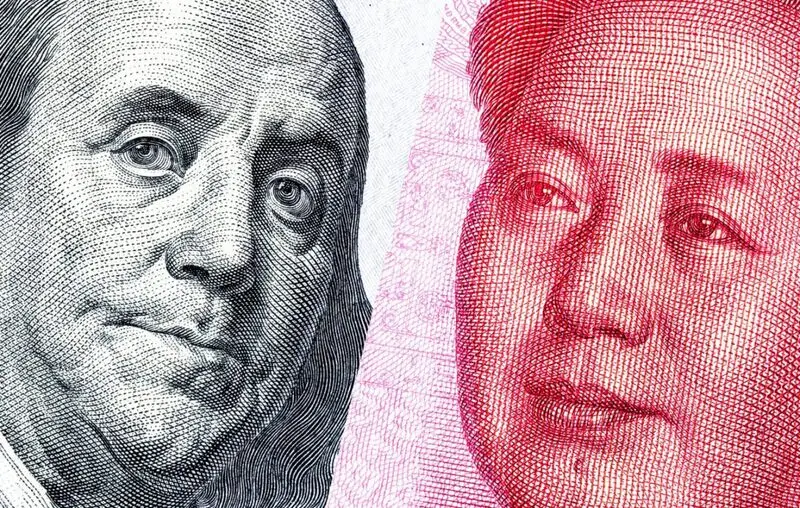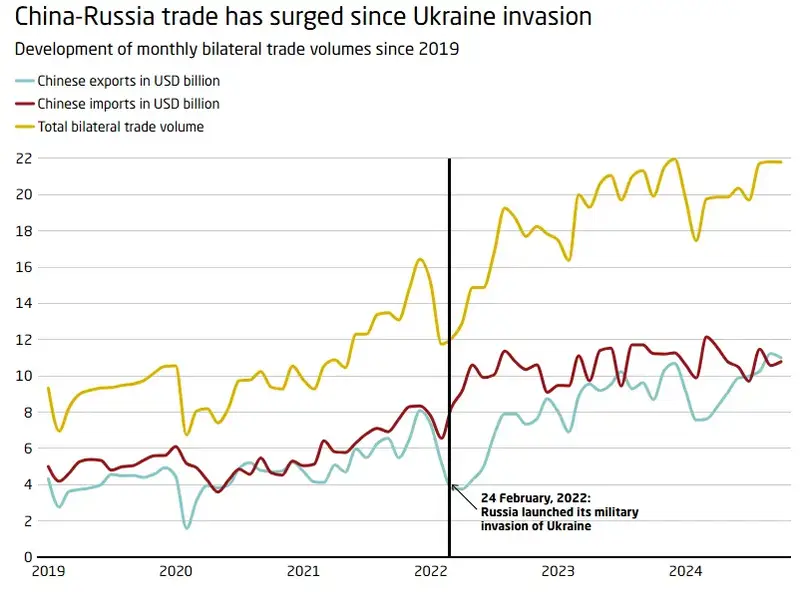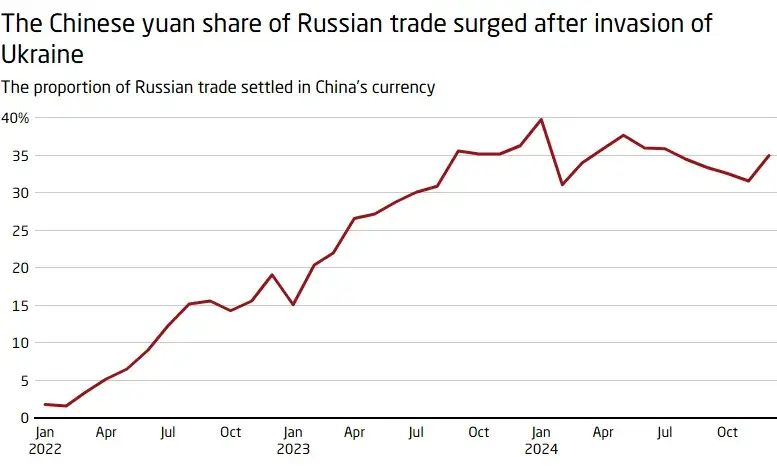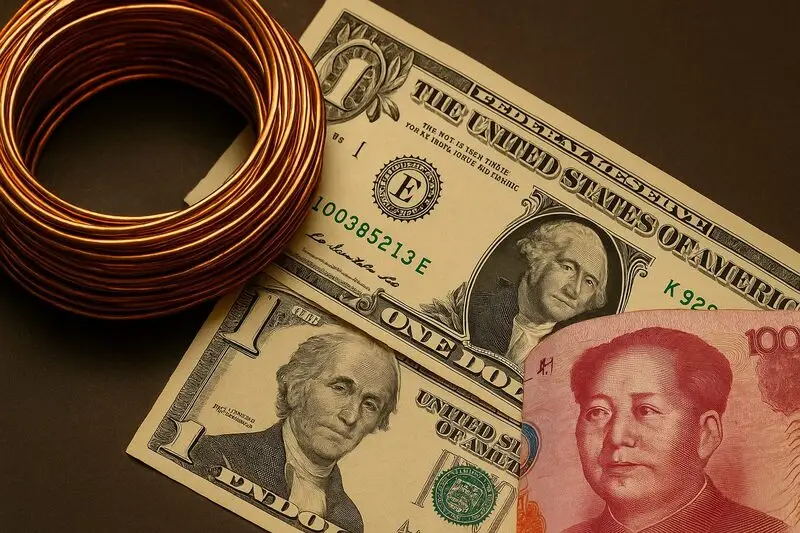Right now, copper trading markets have fundamentally transformed as China and Russia spearheaded various major shifts away from traditional US dollar settlements. These nations have accelerated their adoption of yuan settlements across several key commodity transactions, revolutionizing how this critical industrial metal gets traded worldwide. Through numerous significant de-dollarization initiatives, copper yuan trade has emerged as a strategic battleground, and it’s reshaping multiple essential aspects of international commodity markets.
Also Read: De-Dollarization: 9 Global Alliances Abandon US Dollar
Yuan Settlements And US Dollar Trends Redefine Global Copper Markets

Record Bilateral Trade Catalyzed Currency Revolution
China-Russia trade has reached an unprecedented $244.8 billion in 2024, and here’s what makes this transformation remarkable. It seems that various major transactions totaling 95% are now being settled in yuan or rubles rather than dollars. Western sanctions following Russia’s invasion accelerated this shift, forcing both nations to architect alternative payment systems across several key commodity sectors including copper.

The currency transformation has leveraged multiple strategic advantages. Yuan settlements in Russia’s international trade jumped dramatically from less than 2% before 2022 to over 30% by early 2023, according to Central Bank data. Russia has now pioneered numerous significant yuan adoption initiatives and it turned into the largest user outside China and surpassing even Hong Kong in settlement volumes.

Copper Markets Engineered Yuan-Based Systems
The move to equation trade in copper yuan has led to big changes in the industry for those at the top, who have adjusted their strategies. Norilsk Nickel, the biggest copper producer in Russia, wants to move its refining activities to China by 2027. Opting for trading in yuan made routes more efficient. It also allowed China to avoid the complications that dollar sanctions caused in its previous trade agreements.
China increasingly pays for metal purchases from Russia using yuan rather than dollars, breaking many years of US dollar usage. In mid-2024, almost three-quarters of Yuan users in key cross-border settlements came from transactions conducted over a three-year period. As a result, the trade volume between China and Russia has increased. This transformed many major trade currency standards in commodity markets.
Also Read: Russia’s New Economic Bank Fuels Global De-Dollarization Surge
Market Impact Maximized Dollar Displacement
Immediate trading data clearly shows how the transition has influenced the market. From April to May 2025, copper stocks on the LME plunged by 14% to 179,375 tons. This happened after some copper moved over to exchange systems denominated in yuan. At the same time, COMEX increased its stockpiles by 43.9% to 168,563 tons. After all, traders reacted to major swings in people’s currency choices. As more buyers around the world want contracts not written in US dollars, American suppliers have struggled against strong competition.
The change in preference has altered the US mining export industry and could decrease America’s control in various commodity trade categories. Analysts report that copper trading has joined a “yuan bloc,” where traders now negotiate and clear all market contracts in Chinese money. Because of increased economic cooperation between China and Russia, copper joins energy and gold as important props of the new post-dollar economy.






